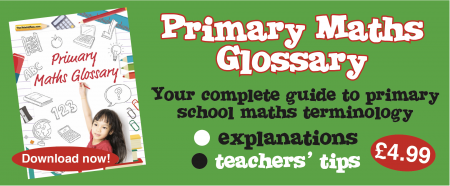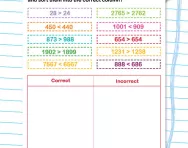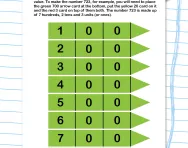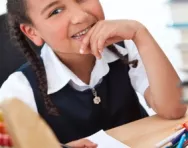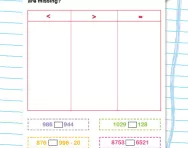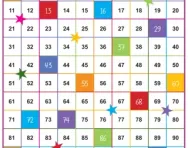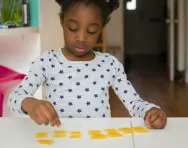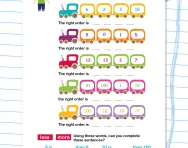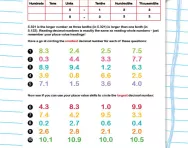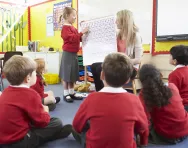Important update from TheSchoolRun
For the past 13 years, TheSchoolRun has been run by a small team of mums working from home, dedicated to providing quality educational resources to primary school parents. Unfortunately, rising supplier costs and falling revenue have made it impossible for us to continue operating, and we’ve had to make the difficult decision to close. The good news: We’ve arranged for another educational provider to take over many of our resources. These will be hosted on a new portal, where the content will be updated and expanded to support your child’s learning.
What this means for subscribers:
- Your subscription is still active, and for now, you can keep using the website as normal — just log in with your usual details to access all our articles and resources*.
- In a few months, all resources will move to the new portal. You’ll continue to have access there until your subscription ends. We’ll send you full details nearer the time.
- As a thank you for your support, we’ll also be sending you 16 primary school eBooks (worth £108.84) to download and keep.
A few changes to be aware of:
- The Learning Journey weekly email has ended, but your child’s plan will still be updated on your dashboard each Monday. Just log in to see the recommended worksheets.
- The 11+ weekly emails have now ended. We sent you all the remaining emails in the series at the end of March — please check your inbox (and spam folder) if you haven’t seen them. You can also follow the full programme here: 11+ Learning Journey.
If you have any questions, please contact us at [email protected]. Thank you for being part of our journey it’s been a privilege to support your family’s learning.
*If you need to reset your password, it will still work as usual. Please check your spam folder if the reset email doesn’t appear in your inbox.
What is < and >?
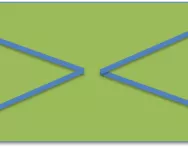
What is < and >?
These symbols are referred to as the 'greater than' and 'less than' symbols.
Working with greater than and less than symbols in KS1
Children do a lot of work in Key Stage 1 on understanding the size of numbers by looking at how many tens and units a number is made up of.
In Year 2 they will be introduced to the < and > symbols.
Often teachers will help them by telling them that the symbols are a crocodile's mouth and the crocodile wants to eat the bigger number!
Children will learn that the symbols are used in the following way to show whether a number is bigger or smaller than another number:
83 > 32 26 < 54
Often children will be given pairs of numbers and then asked to put the correct symbol in between each pair of numbers.
38 93 63 52
Deines blocks, arrow cards and one hundred squares
It can take children a while to work out the value of each number. Deines and arrow cards can help them to understand what each number is made up of:

For example, if a child is really struggling with understanding two-digit numbers, a teacher might ask them to make up a number, say 49, using deines blocks. They would be expected to take 4 tens and 9 ones. They may then be asked to make up the number 25, for which they would need 2 tens and 5 ones. Hopefully, this would help them to visualise the fact that 49 is a bigger number than 25.
Arrow cards can be useful in helping children to realise that the number 83 is not made up of an 8 and a 3, but rather an 80 and a 3. If you got a child to make up two numbers, say 38 and 74, you could explain to them that because 74 has more tens than 38, it is a bigger number. It is important that they realise that when working out which multi-digit number is bigger, the last unit does not matter, it is the tens (or hundreds, or thousands) that make the difference.
A number square can also be useful in showing children which of two numbers is bigger.
Imagine you are comparing 38 and 56. You could get a child to point out both numbers and then ask them which is further down the 100 number square. Since 56 is further down, this is the bigger number. It is very important for children to be able to count up to one hundred before they can understand the concept of which numbers are larger or smaller than others.

Ordering numbers
Once they have a firm grasp of the value of individual numbers children to be able to order a set of numbers, for example:
73 29 18 94 33
In Key Stage 2 children move onto ordering three-digit numbers, amounts of money, decimals and fractions.
